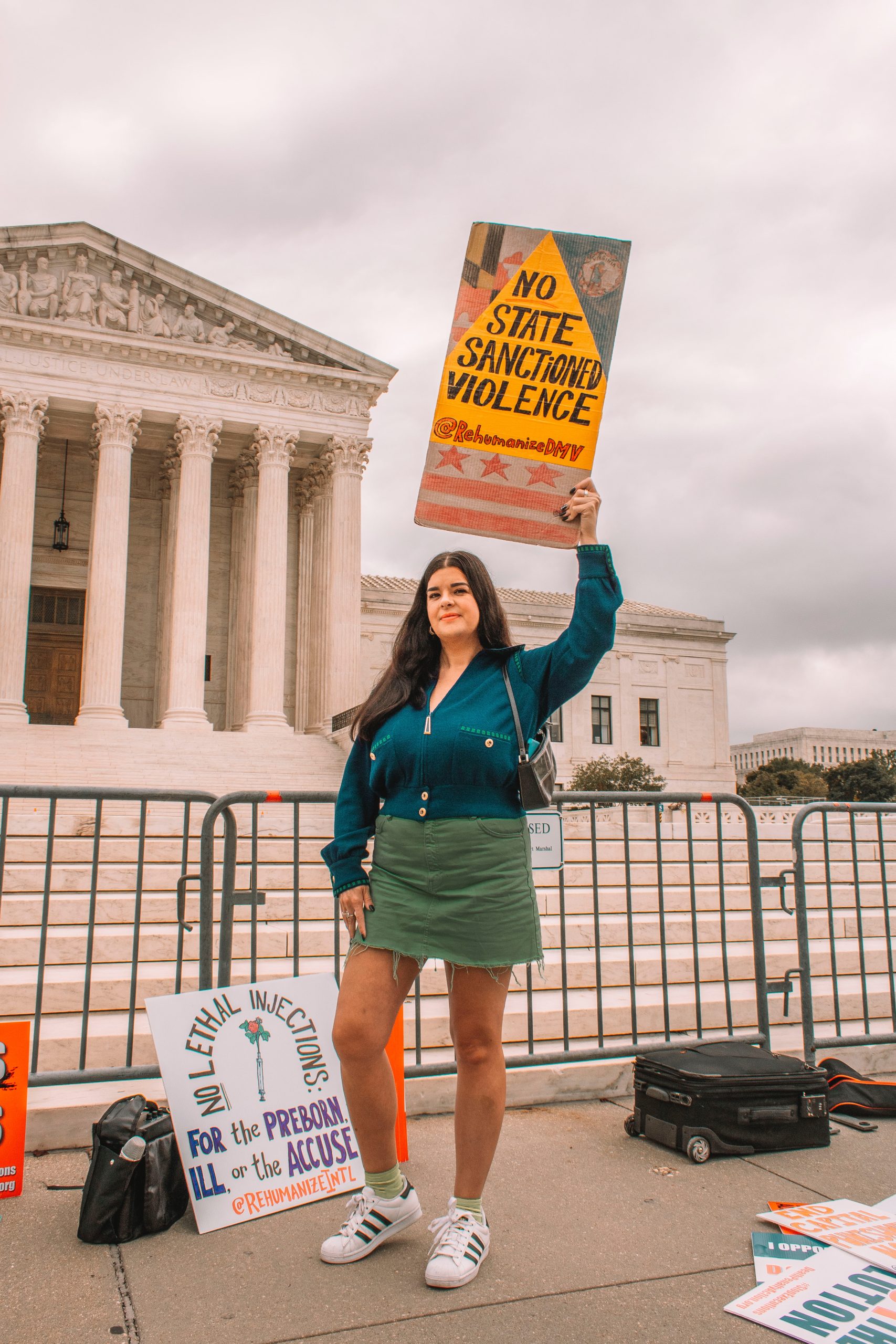The United States Supreme Court is one of the most influential and powerful institutions in the world. It is the final arbiter of legal disputes in the country, with the authority to interpret the Constitution and determine the constitutionality of laws. The Court has played a vital role in shaping American democracy since its creation in 1789, and its decisions have had far-reaching consequences on American society. Over the years, the Court has undergone significant changes in terms of its composition, jurisdiction, and ideology. In this article, we will explore the changing face of the Supreme Court and analyze its impact on American politics and society.
The Supreme Court is composed of nine justices, who are appointed for life by the President with the advice and consent of the Senate. The Court’s composition is critical because it shapes its decisions and the direction of American law. Over the years, the Court has gone through several periods of significant change in its membership, leading to shifts in the Court’s ideological balance.
One of the most significant changes occurred in the 1930s, during the New Deal era. President Franklin D. Roosevelt appointed eight of the nine justices on the Court, who were supportive of his New Deal policies. These appointments paved the way for the Court to uphold key New Deal legislation, such as Social Security, and expand the federal government’s role in regulating the economy. This period is often referred to as the “switch in time that saved nine,” as it marked a departure from the Court’s previous conservative stance and helped to preserve the Court’s legitimacy.
In recent years, the Court’s composition has shifted to the right. In 2017, President Donald Trump appointed Neil Gorsuch to fill the seat left vacant by the death of Justice Antonin Scalia. In 2018, Justice Anthony Kennedy retired and was replaced by Brett Kavanaugh, a conservative judge. These appointments have given the Court a solid conservative majority, with six of the nine justices considered conservative. This shift has raised concerns among progressives, who fear that the Court will overturn key decisions on issues such as abortion rights, voting rights, and LGBTQ+ rights.
The changing face of the Court has also led to debates about its role in American society. Some argue that the Court should be more responsive to public opinion and consider the political and social implications of its decisions. Others believe that the Court should be insulated from public pressure and focus solely on interpreting the Constitution and the law.
The Court’s decisions have had a significant impact on American society, ranging from landmark decisions like Brown v. Board of Education, which struck down segregation in public schools, to more controversial decisions like Citizens United v. Federal Election Commission, which allowed unlimited corporate spending in political campaigns. The Court’s decisions can shape public policy and influence the direction of American democracy.
The changing face of the Supreme Court has also led to debates about the Court’s legitimacy. Some argue that the Court is too politicized and that its decisions are often driven by ideological agendas rather than legal reasoning. Others believe that the Court’s decisions reflect the changing values and beliefs of American society and that the Court is an essential institution that protects individual rights and promotes the rule of law.
In conclusion, the Supreme Court has undergone significant changes in its composition and ideology over the years, leading to debates about its role in American society. The Court’s decisions have had a profound impact on American democracy and have shaped the direction of the country. As the Court continues to evolve, it will be essential to continue to analyze its decisions and their impact on American society.




